Imagine if there were an Uber for hiring. Instead of trawling through résumés and endless interviews, you could just open an app and order yourself a new data scientist or marketing analyst. Then you could track their expected arrival time and only accept them if they are 4.5 stars or greater. It’s a nice idea but, despite the hype, it’s unlikely to happen anytime soon. Well, not for senior hires, at least. And although everyone agrees that hiring is tough, most managers struggle with an even more prevalent leadership mistake. It’s an affliction as prevalent as the common cold and one of the least recognized in the workplace today.
Over the last 20 years at ghSMART, we have been able to empirically observe where executives excel and where they get in their own way. We have conducted five-hour interviews of more than 15,000 leaders across every major industry, producing more than 9 million data points. So, what is the number one most common mistake that holds leaders back? The complete inability to remove underperformers. New managers struggle with it. So do CEOs, CFOs, COOs, you name it – it’s endemic. And why do we all struggle with this? Here are the top five reasons that we see:
You may suffer from just one, or more likely a combination, of these reasons. And yet our research found that executives who excelled at removing underperformers from their teams are more than twice as likely to have had a successful career than all other senior leaders. Yes, that’s right: twice as likely.
The best leaders we meet tell us that it makes all the difference. Panos Anastassiadis is one who does it very well. He was the CEO of Cyveilance, which grew over 1500 percent in five years. Panos shared how he thought about the “who” in his business: “Every quarter I start with a blank sheet of paper and I design an organizational chart based on my biggest priorities. I make the assumption that I have to operate with only 50 percent of my staff. Who would be on my team? Then I increase my assumption to 70 percent, 85 percent and 95 percent. Immediately, I know who my stellar personnel are and who are key and indispensable. Whoever is not in the 85 percent group is very dispensable, and I average up on the first occasion. As a result of that, our involuntary attrition has been less than 2 percent.” What was the result? “The team we built has been the single decisive factor for our success. I have simply been constantly averaging up who is on the team.”
And yet many of us have watched Ricky Gervais’s or Steve Carrel’s portrayal of the appalling boss on The Office and sympathized. Yes, David Brent and poor old Michael Scott are terrible managers, but we identify with their deep-seated need to be liked. Like them, we also seek approval from our co-workers and teams. We don’t want to be a narcissistic Donald Trump shouting, “You’re fired!” That’s not what we signed up for.
There are ways you can do it and still do right by the individual in question. You can set them clear goals and craft the role to play to their strengths. But when it is clearly not working, it is time to take action. Run a fair, objective talent management process; tell them that their performance is not where it needs to be; and give them 30, 60 or 90 days to turn their situation around. But if that does not work, it is time to have that tough conversation that deep down you know you should have had 6, 12 or maybe 24 months ago. And only then you can get out your Uber-like hiring app and order yourself the A player that you need.
See The 7 Most Important Tech CEOs You Wouldn't Recognize
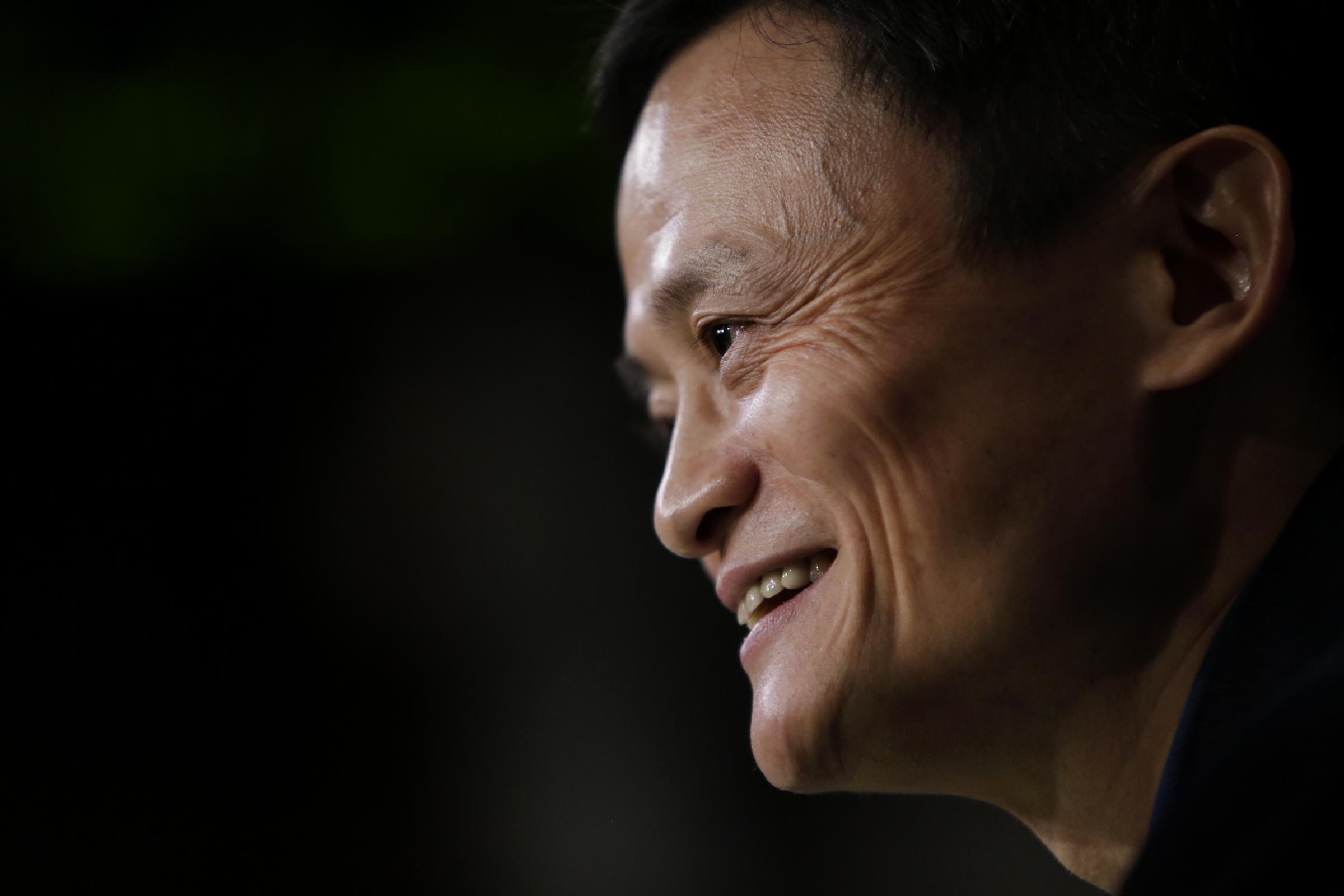
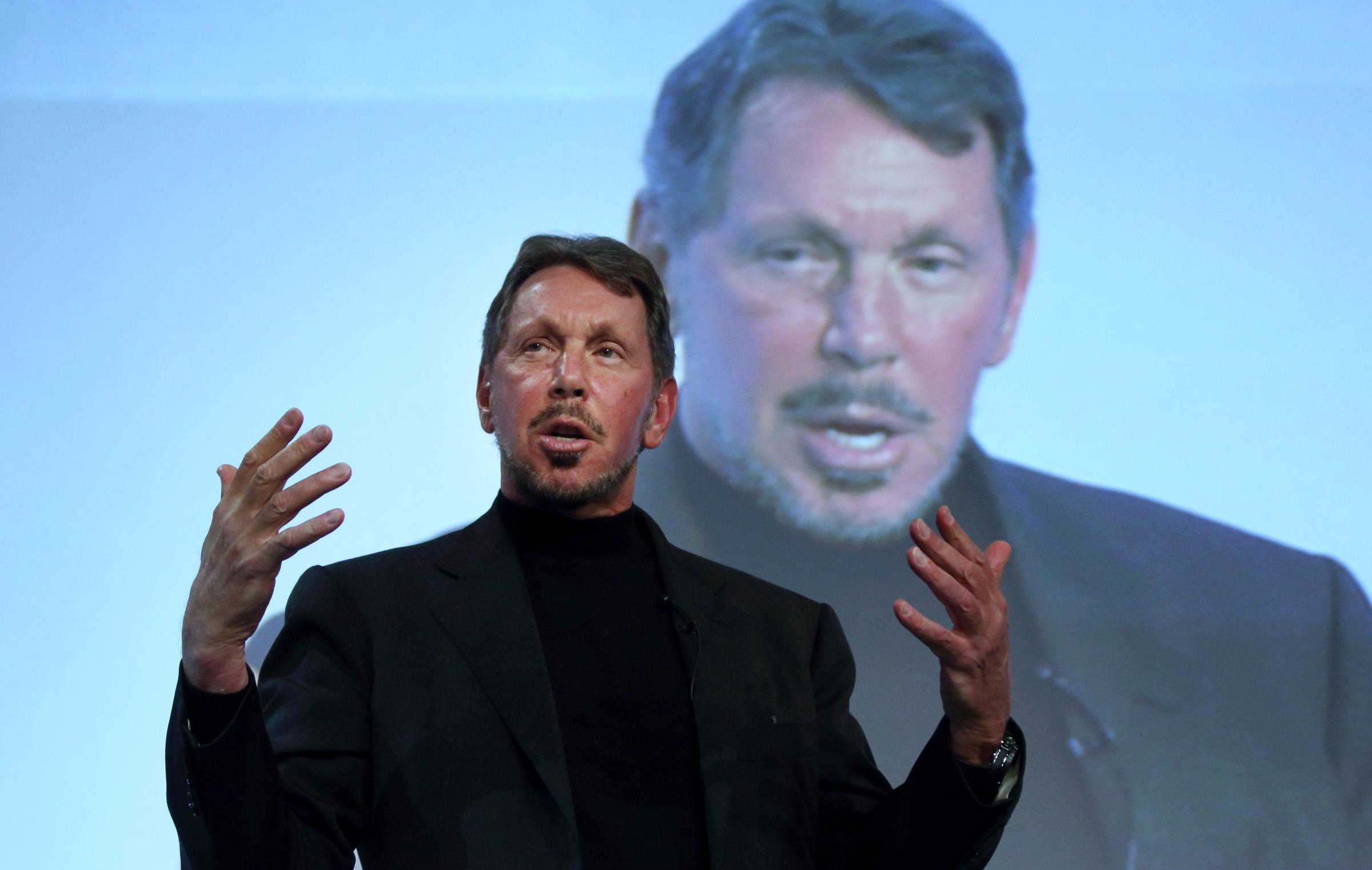

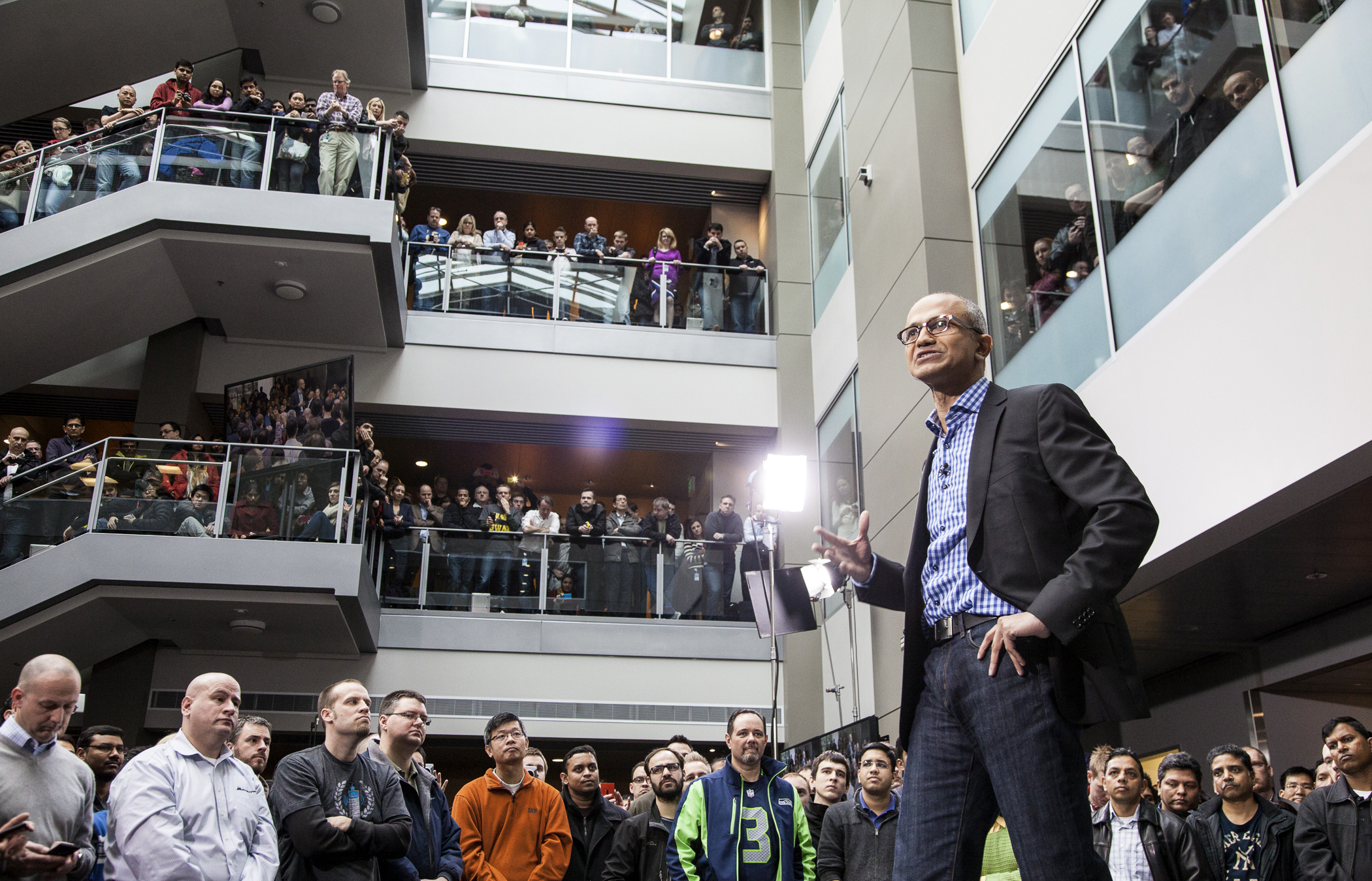
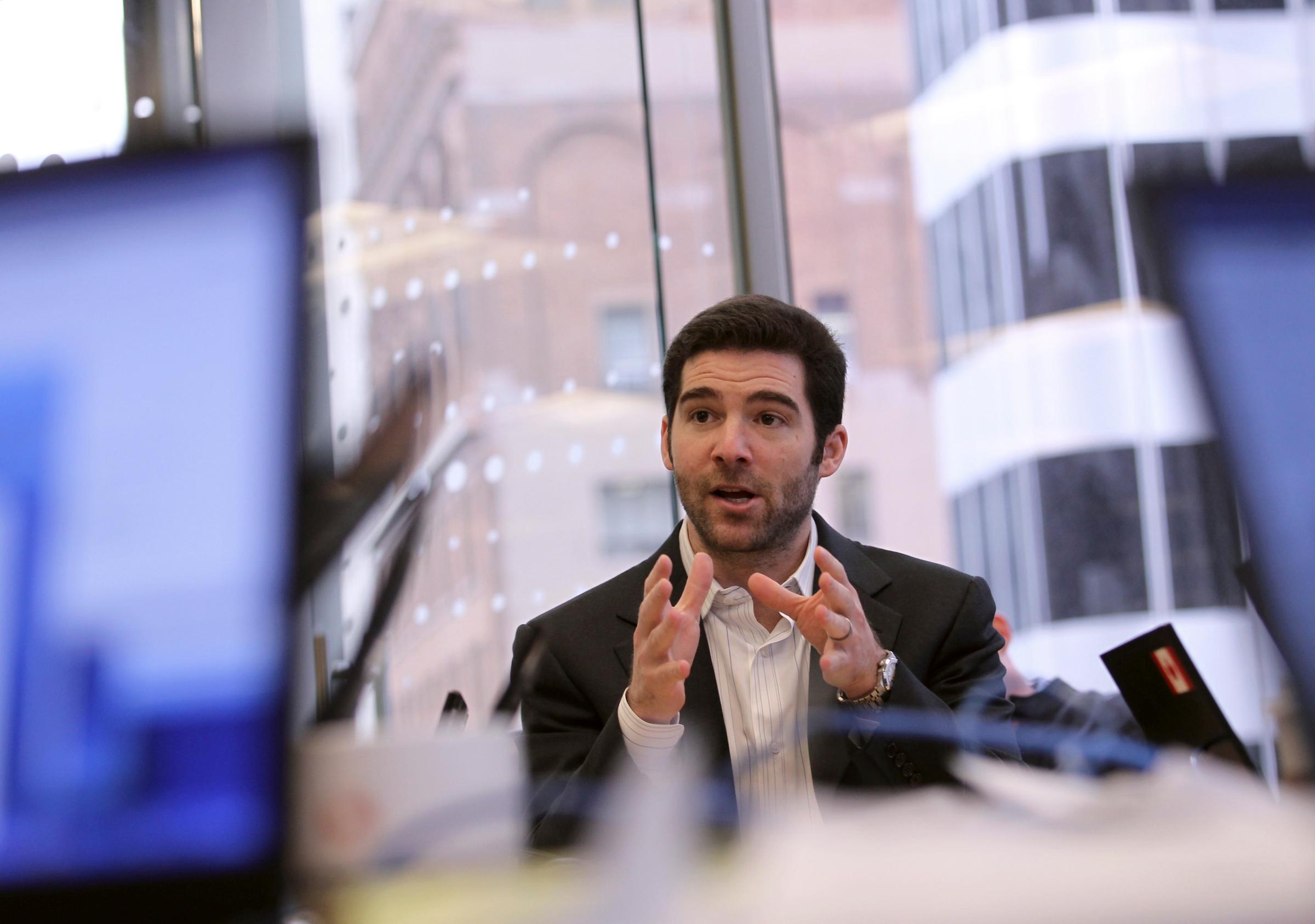
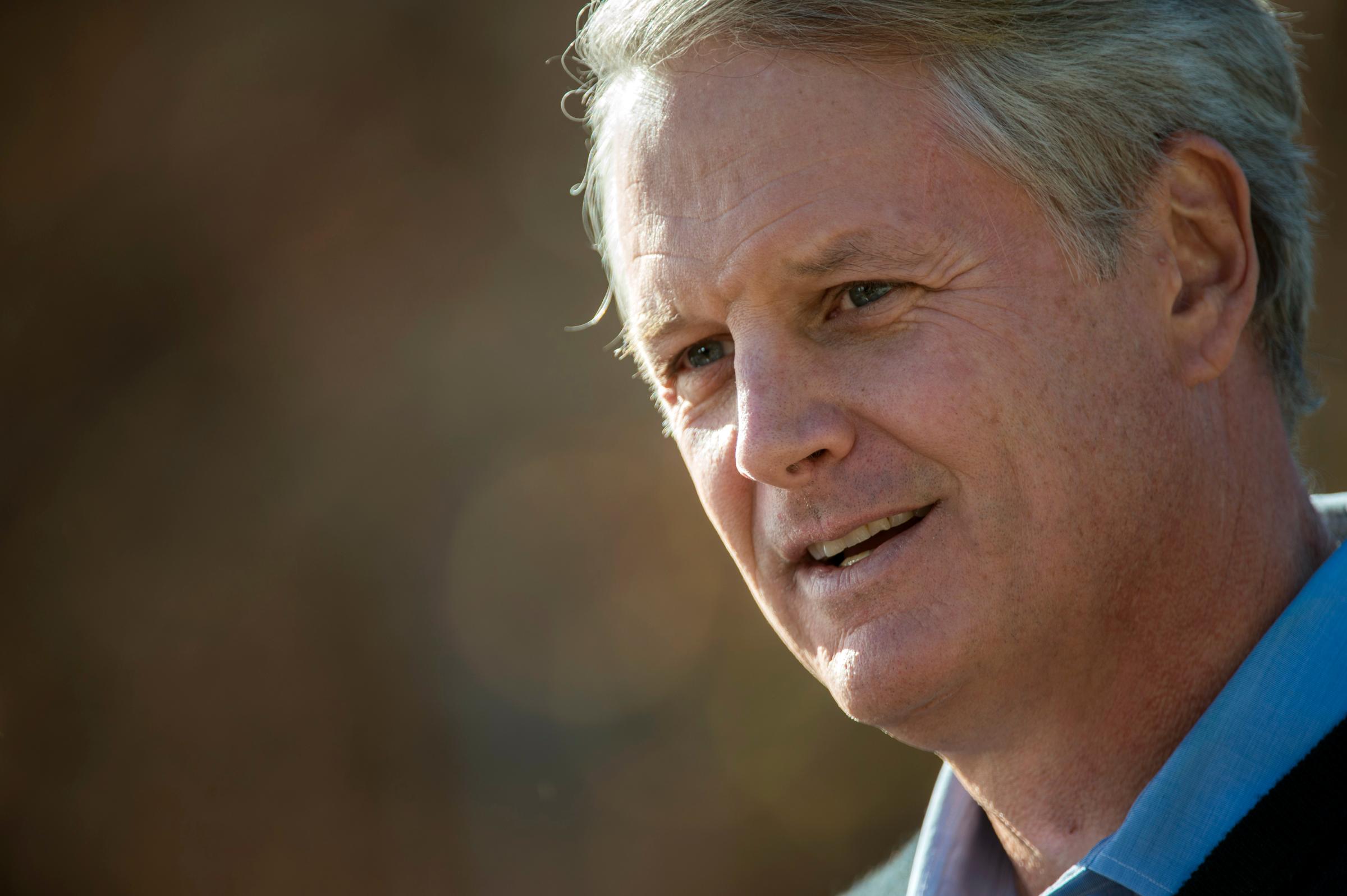

Geoff Smart, Randy Street and Alan Foster are the authors of Power Score: Your Formula for Leadership Success, published by Ballantine in June 2015.
More Must-Reads From TIME
- Dua Lipa Manifested All of This
- Exclusive: Google Workers Revolt Over $1.2 Billion Contract With Israel
- Stop Looking for Your Forever Home
- The Sympathizer Counters 50 Years of Hollywood Vietnam War Narratives
- The Bliss of Seeing the Eclipse From Cleveland
- Hormonal Birth Control Doesn’t Deserve Its Bad Reputation
- The Best TV Shows to Watch on Peacock
- Want Weekly Recs on What to Watch, Read, and More? Sign Up for Worth Your Time
Contact us at letters@time.com